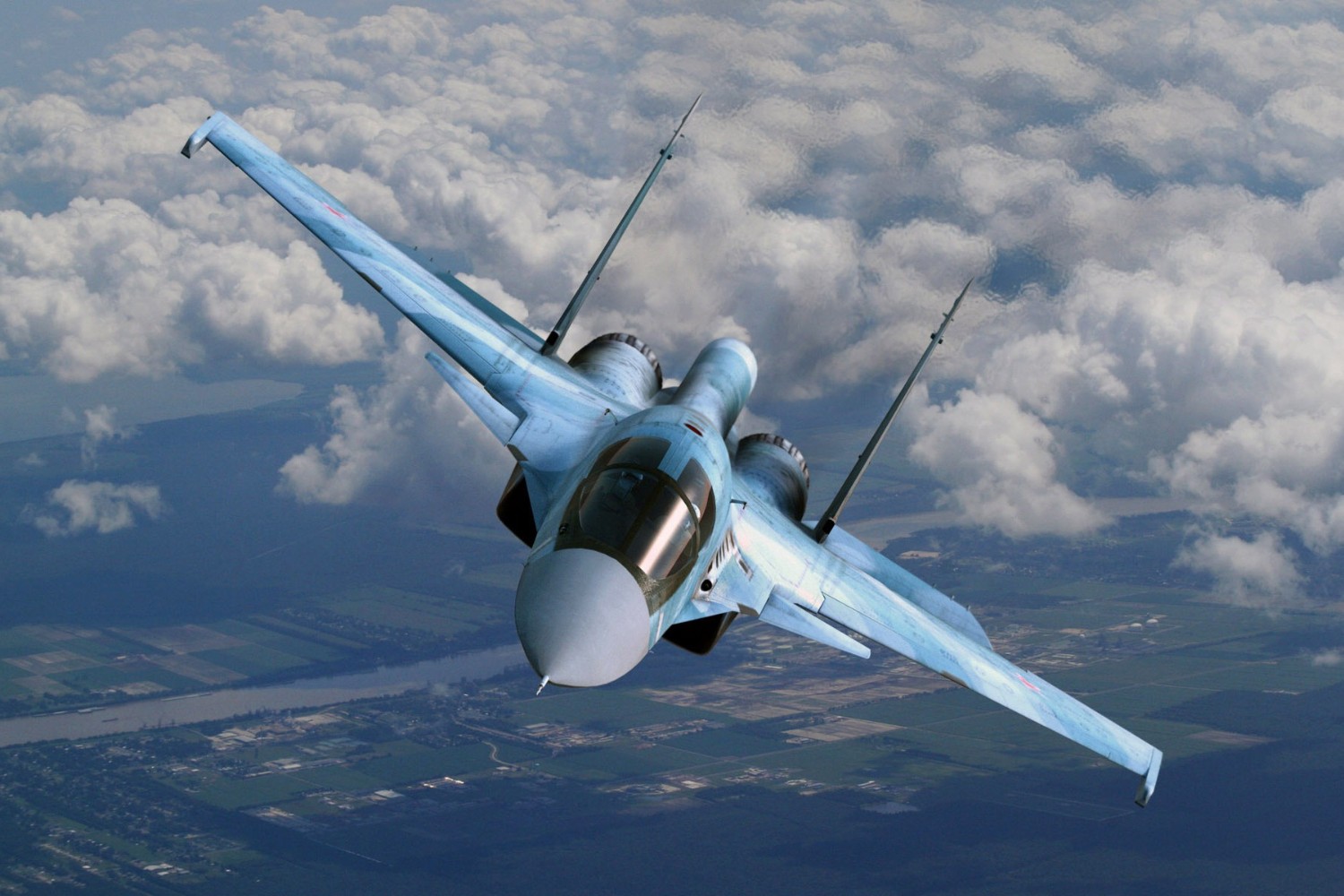
Russian fighter jets have long been a symbol of military prowess and technological innovation. These sleek, powerful machines dominate the skies with their advanced capabilities and impressive designs. But what makes them so special? From the legendary MiG-29 to the cutting-edge Su-57, Russian fighter jets have a rich history filled with fascinating facts. Did you know that some of these jets can reach speeds over twice the speed of sound? Or that they are equipped with state-of-the-art radar systems that can track multiple targets simultaneously? Buckle up as we dive into 30 intriguing facts about these incredible flying machines.
Key Takeaways:
- Russian fighter jets have a rich history and continue to evolve with cutting-edge technology, making them formidable in global conflicts and influential in international air forces.
- The future of Russian fighter jets looks promising, with upgrades and advancements in sixth-generation fighters, hypersonic missiles, and electronic warfare systems, ensuring their continued dominance in aerial combat.
The Evolution of Russian Fighter Jets
Russian fighter jets have a storied history, evolving through decades of technological advancements. These aircraft have played pivotal roles in various conflicts and continue to be a cornerstone of Russia's military might.
- The first Russian fighter jet, the MiG-9, took its maiden flight in 1946.
- The MiG-15, introduced in 1947, was one of the first successful jet fighters and saw extensive action in the Korean War.
- The MiG-21, known as the "Fishbed," became the most-produced supersonic jet aircraft in aviation history.
- The Su-27 "Flanker," introduced in the 1980s, was designed to counter the American F-15 Eagle.
- The MiG-29 "Fulcrum" was developed to provide air superiority and is still in service today.
- The Su-57, Russia's fifth-generation fighter, features stealth technology and advanced avionics.
Technological Innovations
Russian fighter jets are renowned for their cutting-edge technology and innovative designs. These advancements have kept them competitive on the global stage.
- The MiG-25 "Foxbat" could reach speeds of Mach 3.2, making it one of the fastest military aircraft ever built.
- The Su-35 "Flanker-E" boasts thrust-vectoring engines, allowing for exceptional maneuverability.
- The MiG-31 "Foxhound" can intercept targets at altitudes of up to 30 kilometers.
- The Su-34 "Fullback" is a fighter-bomber with a unique side-by-side cockpit configuration.
- The Su-30MKI, developed for the Indian Air Force, includes thrust-vectoring and canards for improved agility.
- The MiG-35 features advanced radar and avionics systems, making it a formidable multirole fighter.
Combat Performance
Russian fighter jets have proven their worth in numerous conflicts, showcasing their capabilities and resilience.
- The MiG-21 was used extensively by North Vietnam during the Vietnam War.
- The Su-25 "Frogfoot" played a crucial role in the Soviet-Afghan War, providing close air support.
- The MiG-29 saw action in the Gulf War, although it faced stiff competition from Western aircraft.
- The Su-27 was instrumental in the Ethiopian-Eritrean War, achieving several aerial victories.
- The Su-24 "Fencer" has been used in various conflicts, including the Syrian Civil War.
- The Su-57 has been deployed in Syria for combat testing and evaluation.
International Influence
Russian fighter jets have not only served in the Russian military but have also been exported to numerous countries, influencing global air forces.
- The MiG-21 has been used by over 60 countries, making it one of the most widely exported fighter jets.
- The Su-30 has been exported to countries like India, China, and Venezuela.
- The MiG-29 is in service with over 30 countries, including Germany and Poland.
- The Su-35 has been sold to China and Indonesia, among others.
- The Su-57 is being marketed to countries like India and Turkey.
- The MiG-23 "Flogger" was widely exported to Warsaw Pact countries and allies.
Future Prospects
As technology continues to advance, Russian fighter jets are expected to incorporate even more sophisticated features, ensuring their place in future aerial combat.
- The Su-57 is expected to receive upgrades, including new engines and avionics.
- Russia is developing a sixth-generation fighter, which may include artificial intelligence and drone control capabilities.
- The MiG-41, a proposed successor to the MiG-31, aims to be a high-speed interceptor with advanced stealth features.
- Hypersonic missiles are being integrated into existing fighter platforms, enhancing their strike capabilities.
- Unmanned combat aerial vehicles (UCAVs) are being developed to complement manned fighter jets.
- Advanced electronic warfare systems are being incorporated to counter modern threats and improve survivability.
Final Thoughts on Russian Fighter Jets
Russian fighter jets have a rich history and cutting-edge technology that make them stand out in the world of aviation. From the MiG-29 to the Su-57, these aircraft showcase impressive capabilities and innovations. Their speed, maneuverability, and firepower have earned them a formidable reputation.
Understanding the facts about these jets helps appreciate their role in global military dynamics. Whether it's their stealth features, advanced avionics, or unique designs, Russian fighter jets continue to push the boundaries of what's possible in aerial combat.
For aviation enthusiasts and military buffs alike, these jets offer a fascinating glimpse into the engineering prowess and strategic thinking behind some of the world's most powerful aircraft. Keep exploring to uncover more about these incredible machines and their impact on modern warfare.
Frequently Asked Questions
Was this page helpful?
Our commitment to delivering trustworthy and engaging content is at the heart of what we do. Each fact on our site is contributed by real users like you, bringing a wealth of diverse insights and information. To ensure the highest standards of accuracy and reliability, our dedicated editors meticulously review each submission. This process guarantees that the facts we share are not only fascinating but also credible. Trust in our commitment to quality and authenticity as you explore and learn with us.
